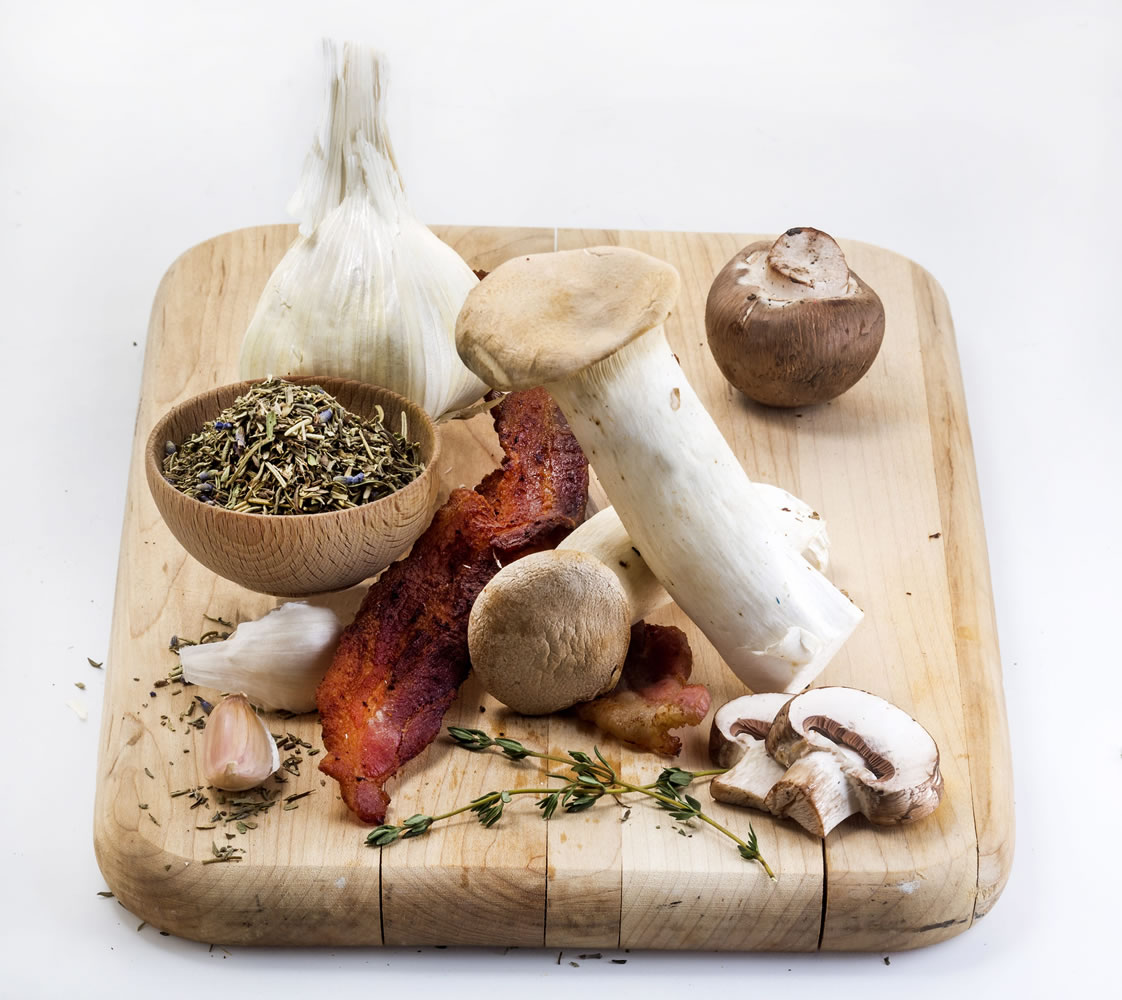American style, based on Wright’s basic beef stew: Add 1 pound potatoes (red, white, Yukon gold), peeled cubed; 1 1/2 carrots, scraped, diced; 1 large parsnip, scraped, diced; 1 medium turnip, peeled, diced. Continue cooking and stirring occasionally until everything is very tender, about 1 hour.
French style, our take on beef bourguignon: Dice 2 slices bacon. Cook in a skillet over medium heat with 1 chopped clove garlic and 1/2 pound mushrooms until bacon begins to brown. Add to stew with 1 cup red wine (Burgundy or merlot) and 1 teaspoon herbs de provence. Continue cooking and stirring occasionally, about 1 hour.
Spanish style, based on Wright’s beef stew of La Mancha: Seed and slice 2 green peppers. Add to stew with 1 can each: drained chickpeas, diced tomatoes with juices; 1 clove garlic, minced; 1 bay leaf; a pinch of ground cloves and a pinch of saffron. Continue cooking and stirring occasionally, about 1 hour.
Cooking smart means more than perfectly poaching an egg. It also means maximizing your kitchen time and dollars.



